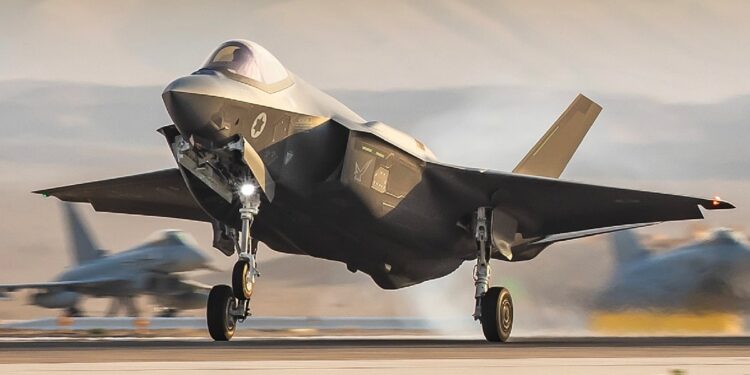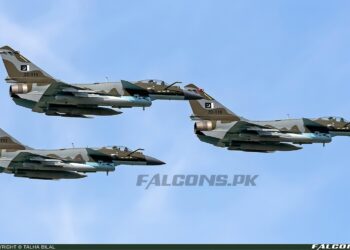By Richard Thomas
Israel will move to acquire a third squadron of F-35A fighters, augmenting the fleet of 50 ‘Adir’ platforms currently planned to enter service with the Israeli Air Force (IAF) with a further 25 aircraft, in a multi-billion-dollar deal financed by US aid.
Israel’s Minister of Defence Yoav Gallant approved the recommendation proposed by the Israel Defense Force’s Chief of the General Staff, Lt. Gen. Herzi Halevi, the Director General of the Israel Ministry of Defense, Maj. Gen. (Res) Eyal Zamir, and Commander of the Israeli Air Force, Maj. Gen. Tomer Bar.
Following the approval, the Israel Ministry of Defense’s (IMoD) mission to the US will issue an official letter of request to the F-35 Lightning II Joint Program Office. This step will facilitate the approval and signing of the transaction in the coming months, according to an IMoD release.
The value of the deal is approximately $3bn, financed by American aid funds. As part of the original agreement, aircraft manufacturer Lockheed Martin and engine manufacturer Pratt & Whitney have committed to involving Israeli defence industries in the production of aircraft components sold.
The future fleet of 75 F-35 ‘Adir’ fighters operated by the IAF will further maintain Israel’s qualitative defence advantage in the region, a key pillar upon which the country operates. Israel currently has around 33 F-35 Adirs in its fleet, according to GlobalData intelligence.
Also in the IAF’s fleet are the advanced F-15i Strike Eagle multirole fighters, with 25 aircraft in service, along with unknown numbers of the older A, B, C, and D models.
Israel’s participation in the F-35 programme is long-standing, although not without its hurdles. In 2010 the US expressed its inability to accept IMoD demands to replace 50% of the systems in the F-35 fighter with Israeli-made technology.
According to GlobalData’s Israel Defense Market 2023-2028 forecast, the country’s defence budget inclusive of US aid demonstrated “robust growth” between 2019-2023, increasing from $19.3bn to $23.6bn, reflecting a compound annual growth rate (CAGR) of 5.2%.
Over the forecast period, defence expenditure is anticipated to benefit from an overall improvement in the country’s economy and political stability. Against this backdrop, the defence budget inclusive of US aid is anticipated to increase from $24.4bn in 2024 to $27.5bn in 2028, reflecting a CAGR of 3% over the forecast period.






